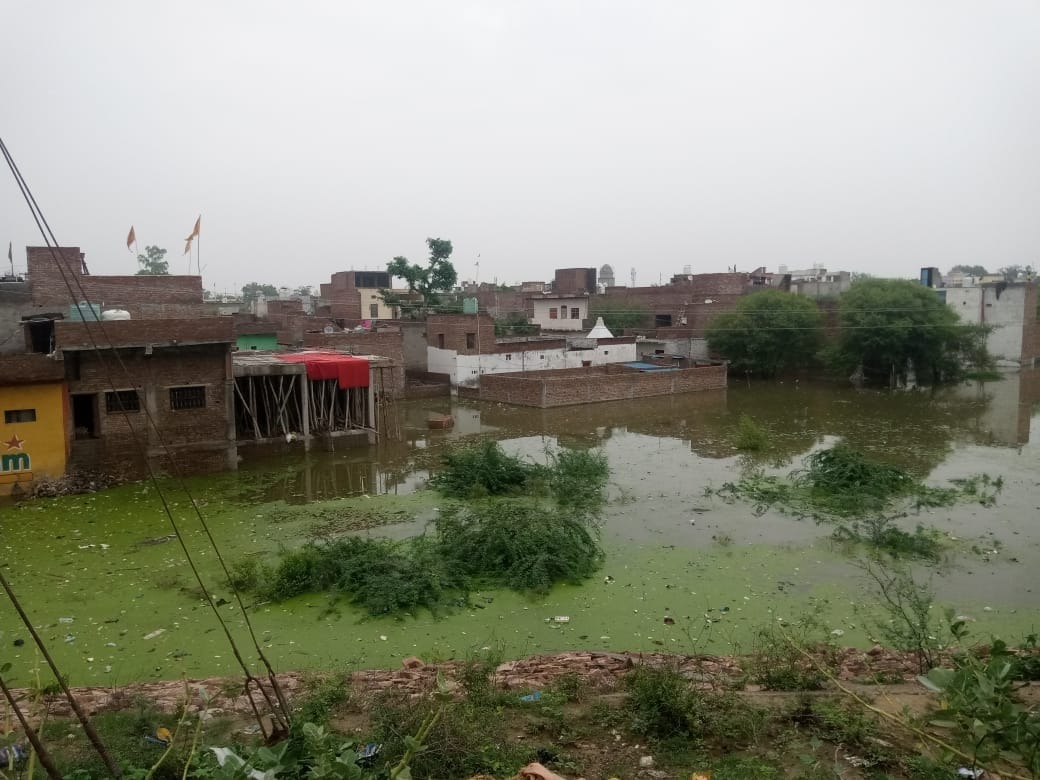@JUDGMENTTAG-ORDER
L. Narasimha Reddy, J.@mdashThe petitioner, respondents 1, 2 and 4 are the sons of respondent No. 3. The 1st respondent filed O.S. No. 388 of 1997 in the Court of III Additional Senior Civil Judge, Vijayawada, for the relief of declaration of title, injunction and certain other ancillary reliefs. The petitioner figured as defendant No. 1. The trial of the suit commenced. The petitioner, as D.W. 1, sought to rely upon two documents, namely, Memoranda of Understanding, dated 23-1-1996 and 25-1-1997. Initially, the documents were received in evidence, subject to proof and admissibility. The 1st respondent filed C.R.P. No. 4492 of 2005 before this Court. The C.R.P., was allowed on 26-4-2006 and the trial Court was directed to examine the admissibility of the documents at the threshold, without postponing the question, to a later point of time. It was in this context that the admissibility of the documents was examined in detail, by hearing both the parties. Through its order, dated 21-7-2006, the trial Court held that the documents are not admissible in evidence, on the ground that they were unstamped and unregistered. Hence, this C.R.P.
2. Sri K.V. Subrahmanya Narusu, learned Counsel for the petitioner, submits that the first document is nothing but the summary of various developments that have taken place subsequent to the partition, among the parties and that no rights have accrued to either of them under it. He submits that such document does not require stamp duty or registration. So far as the second document is concerned, the learned Counsel submits that though the rights of the parties vis-a-vis certain properties were sought to be defined, the document by itself did not confer rights, as is evident from a recital at the end. He contends that when the parties agreed that necessary documents must be executed to enforce the tentative arrangement indicated in the memorandum, there is no necessity to pay the stamp duty or to register it.
3. Sri B. Adinarayana Rao, learned Counsel for the 1st respondent, on the other hand, submits that though on a casual reading, it may appear that the first document, contains recitals about the developments, subsequent to the date of partition, there are certain observations, which would have the effect on the rights of the parties. As regards the second document, the learned Counsel submits that even from its bare perusal, it is evident that complete change of ownership rights vis-a-vis the identified items was brought about and thereby, Section 17 of the Registration Act, gets attracted. He contends that when the document, by itself, altered rights that have accrued to the parties, and mere existence of a sentence suggesting that necessary documents must be executed at a later point of time, does not relieve the document, from the requirement of payment of stamp duty and registration.
4. The partition of the joint family properties between four brothers and mother is said to have taken place in the year 1969. While two brothers are residing at different places, the other two are residing at Vijayawada. There is an agreement among the parties that accrual of properties has taken place subsequent to the partition. However, there is serious dispute as to the manner in which the properties that have accrued to the parties after 1969, are to be enjoyed.
5. A perusal of the first document discloses that it had narrated the developments ever since 4-7-1969, including the filing of O.S. No. 368 of 1995, for partition. Though one sentence of the document is to the effect that the parties have reserved their right to seek modification of the compromise decree passed in O.S. No. 368 of 1995, it cannot be said that the rights of the parties have undergone any change, on account of such an observation. The object of the Memorandum of Understanding, dated 23-1-1996, seems to be, to have a written account, of the developments, mostly for the sake of clarity. Such a document is not required to be either stamped or registered. The truth or otherwise of the contents thereof is an altogether different issue, which needs to be considered at the subsequent stages of the suit. Therefore, the view taken by the trial Court as regards the said document does not appear to be correct.
6. So far as the second document is concerned, there is a clear recital to the effect that the parties to it, have agreed to bring about a different state of affairs, as regards enjoyment and ownership of the properties. It is very brief and the paragraph, which constitutes almost the body of the document, reads as under:
It is now decided and agreed by all of us that Fish Tanks bearing Nos. 5, 6, 7, 8 and 9 which are on the eastern side of the Z.P. Road at Vuyyuru shall be enjoyed by No. 2 of us and the Fish Tanks bearing Nos. 1, 2, 3 and 4 which are on the western side of the Z.P. Road at Vuyyuru shall be enjoyed by No. 3 of us with absolute rights by mutual adjustments between them.
7. When the absolute rights are sought to be conferred on the parties through that document itself, naturally it ought to have been subjected to stamp duty, and been, registered. Therefore, the view expressed by the trial Court as regards this document, does not warrant any interference.
8. Learned Counsel for the petitioner submits that the liberty of his client to get the second document impounded and to rely upon it for other purposes may be left intact. In this regard, it needs to be observed that it is for the petitioner to pay stamp duty or to undertake any such exercise. This much can be said that unless it is registered, it cannot confer any rights upon the parties.
9. For the foregoing reasons, the C.R.P., is partly allowed, directing that the Memorandum of Undertaking, dated 23-1-1996, is admissible in evidence and the view expressed by the trial Court as regards the second document, dated 25-1-1997, that it is inadmissible in evidence, is upheld. There shall be no order as to costs.

